What a “healthy diet” consists of is probably the most controversial topic in the world. There are so many myths and misconceptions! Did you know that crackers are more harmful to your teeth than sweets? Did you know that a chronic cough can be treated with chocolate and that humans have something in common with potatoes? Well, get ready to be amazed because we’re about to disprove some of the most common “healthy food” myths!
1. Stickers on fruits and vegetables are edible.

The FDA (Food and Drug Administration) recommends washing fruits and vegetables before consumption and it doesn’t prohibit eating the stickers on them. The stickers and the glue on them are approved by the FDA and they are safe to swallow. However, if you can, you should take them off before eating.
2. It’s better to eat a slice of pizza for breakfast than a bowl of cereal.

Registered dietitian Chelsey Amer conducted a study that proves that a slice of pizza is a more balanced breakfast than cereal because it contains much more protein and fresh ingredients, and it also has less sugar than cereal. Most of such breakfasts don’t contain enough protein and fats, but they do contain a lot of sugar.
3. Spicy foods lead to greater longevity.

A study from the Harvard School of Public Health showed that eating spicy foods at least once a day can lower the risk of death by 14%. “Some evidence from other studies suggests the bioactive ingredients in spicy foods such as capsaicin may lower ‘bad’ cholesterol and triglycerides and improve inflammation,” says study author Dr. Lu Qi.
4. Canned fish is healthier than canned meat.

Canned food is not very healthy. This is mostly true for canned meat but not quite the same for canned fish. Fish, such as sardines and canned salmon, is a great source of calcium because it allows you to eat tiny bones that are too soft to notice but provide you with a great amount of calcium.
5. Tomatoes become less tasty in the fridge.

New research published in Proceedings of the National Academy of Science shows that the practice of chilling tomatoes below 54ºF (12ºC) inhibits their ability to generate substances that contribute to aroma and flavor. The cold temperature decreases the functionality of genes which are responsible for the flavor. This is why tomatoes are best stored in a dark room outside the fridge.
6. Lemons contain more sugar than strawberries.

A strawberry contains 40% sugar while a lemon has 30% more sugar content which is almost twice as much. It’s hard to notice that because there is a lot of citric acids which makes it taste much sweeter than sour. This huge amount of sugar in lemons can cause obesity if you eat them too often, but it’s unlikely that you will because of the acid.
7. The shelf life of milk has nothing to do with preservatives.

Many people think that the milk with a long shelf life contains a lot of preservatives. It’s not true. The secret is using special temperature technologies. Milk is heated up to 275°F and it’s then cooled down very quickly. So the “bad” bacteria die yet all the vitamins are preserved. Such milk can be stored for 120 days unless you open it, and for 4 days after the pack is opened.
8. Microwaving vegetables is the best way to conserve all their minerals and nutrients.

The best way to conserve the healthy nutrients in food is to heat the food for as short of a time as possible with a small amount of liquid. A microwave oven can do this job the best. “When you cook food in a microwave, cover it tightly to create an efficient steam environment,” says registered dietician and certified food scientist Catherine Adams Hutt.
9. Grapes explode if you heat them in a microwave oven.

If you take a grape and cut it in half and then heat it up in a microwave oven, you will see a plasma. This is because a grape is too small and the electromagnetic waves are too concentrated. So if you happen to need to heat up a grape, don’t do it in a microwave oven.
10. Farm-grown salmon is white.

Wild salmon has natural pinkish color because it consumes a lot of shrimp in the sea. When salmon is grown on a farm, solmon eats completely different food and that’s why it looks white or just a little bit pink. To make the color brighter, manufacturers use different color pigments.
Some Foods Facts
Related posts:
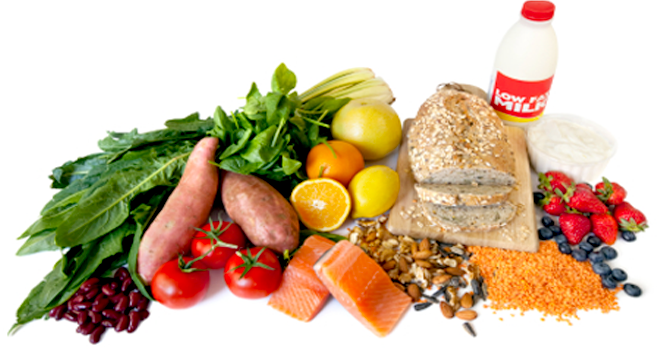 5 Best Foods for Building Muscles
5 Best Foods for Building Muscles
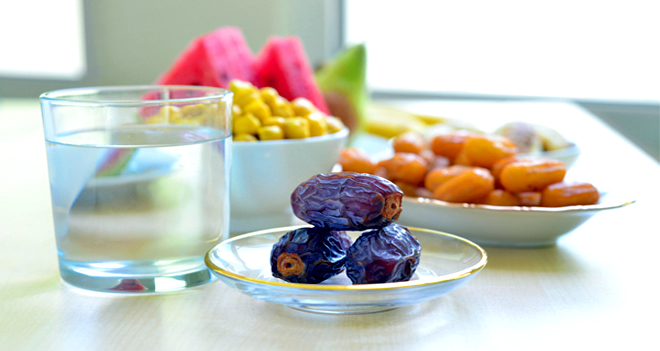 Guide to Healthy Fasting During Ramadan
Guide to Healthy Fasting During Ramadan
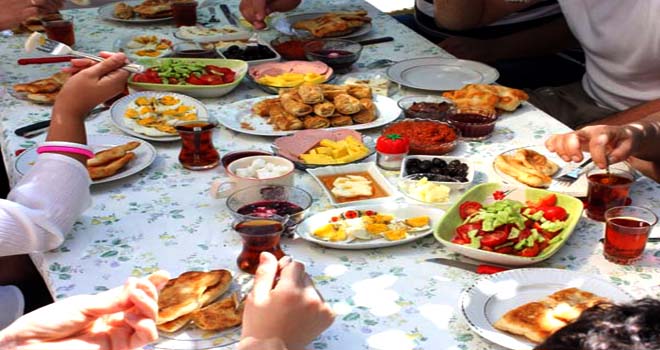 Healthy Ramadan Meal Plan
Healthy Ramadan Meal Plan
 8 Homemade Face Packs For A Youthful Skin
8 Homemade Face Packs For A Youthful Skin
 دماغ کو تیز بنانے والے 12 سپرفوڈ
دماغ کو تیز بنانے والے 12 سپرفوڈ
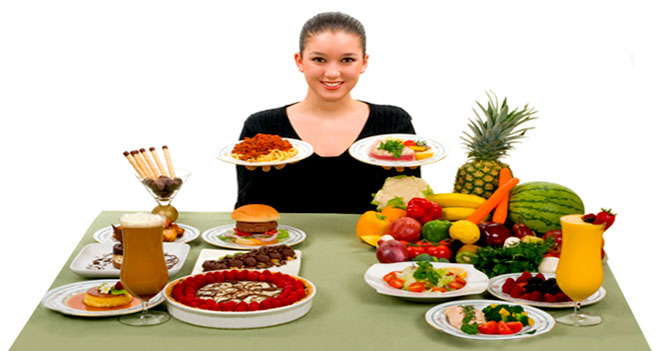 13 Japanese Diet Tips To Make You Healthier And Beautiful Both Inside And Outside
13 Japanese Diet Tips To Make You Healthier And Beautiful Both Inside And Outside
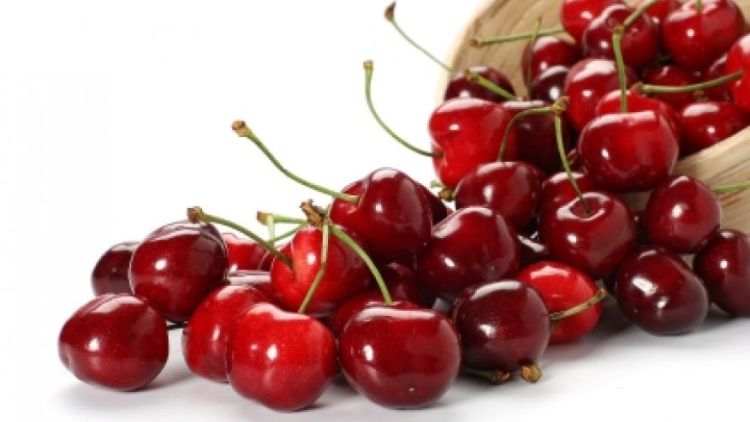 Amazing Health Benefits of Cherry
Amazing Health Benefits of Cherry
 8 Best Foods for Total Body Strength
8 Best Foods for Total Body Strength
 Everything You Need to Know About Hotel Ratings / Stars
Everything You Need to Know About Hotel Ratings / Stars
 InfoMazza.com’s 25 TOP Posts of 2015
InfoMazza.com’s 25 TOP Posts of 2015
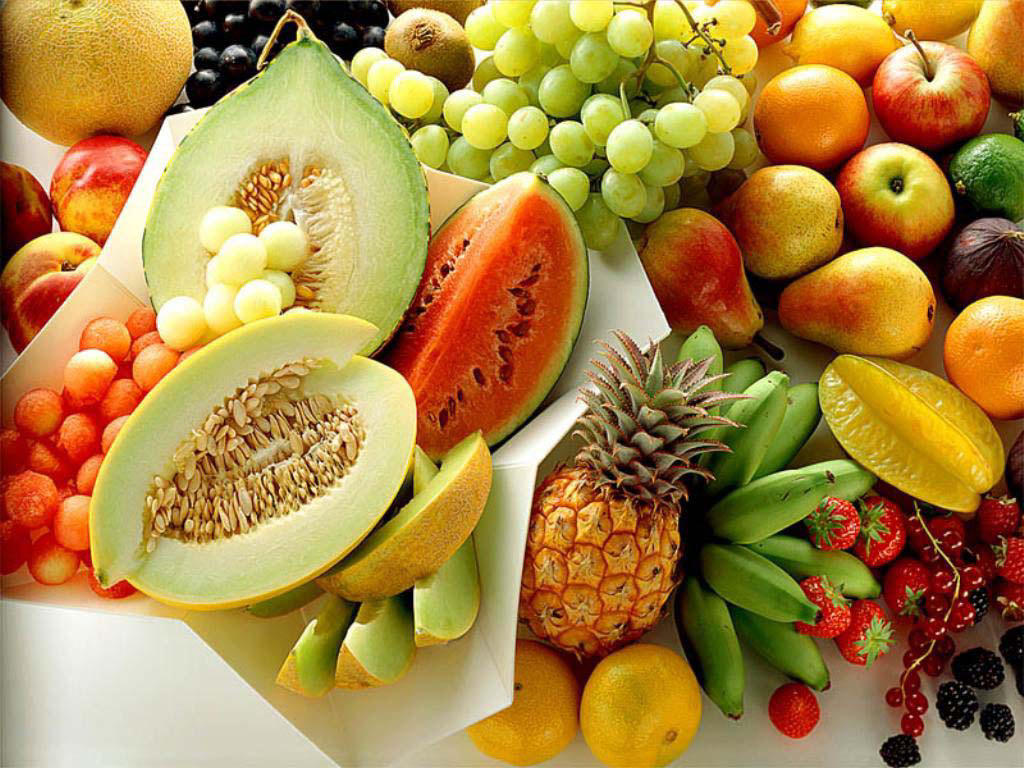 Why it is Important to Eat Fruits?
Why it is Important to Eat Fruits?
 20 Life-Changing Google Search Hacks (with Photos)
20 Life-Changing Google Search Hacks (with Photos)


